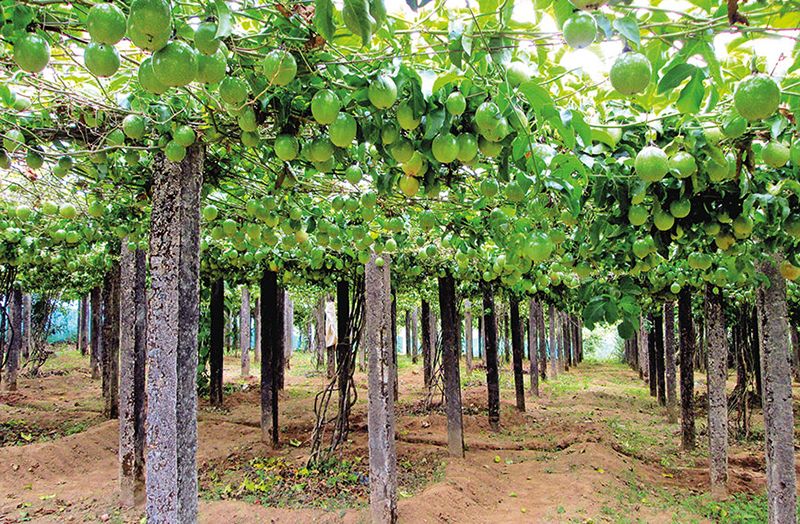Fruit fruit tree drip irrigation advantage.
- Orchard fruit tree drip irrigation first effect is water saving, than conventional irrigation water saving 30%-70%, the corresponding pumping, transportation costs can also be reduced, can be described as water saving energy conservation and emission reduction.
- Land temperature has a certain impact on the growth of orchard fruit trees, the higher the temperature, the earlier the growth of fruit trees, mature, but also can increase the economic benefits of fruit farmers. Conventional diffuse irrigation exists surface runoff, the ground water evaporates and takes away heat, which will reduce the land temperature to a certain extent, which is not conducive to crop growth. The drip irrigation surface wet area is small, there is no surface evaporation, so the impact on land temperature is less.
- Orchard fruit tree drip irrigation also has the traditional advantages of drip irrigation, will not form surface runoff, it also reduces the loss of soil nutrients, reduces the probability and degree of soil plate formation, protects the soil structure.
- Because the surface moisture area is small, the surface evaporation is also small, the air humidity in the canopy of the fruit tree tree will be relatively low, which is not conducive to the survival of pests, so it can reduce the occurrence of pests and diseases.
- Orchard fruit tree has infectious diseases, the use of drip irrigation system, can effectively reduce the probability of disease transmission according to irrigation water.
- Drip irrigation system generally has the function of water fertilizer as one irrigation, water utilization rate is improved, the utilization rate of fertilizer pesticides is also improved. When the fertilizer efficiency is improved, the fertilizer can be saved directly and the amount of labor is reduced.
- Orchard fruit tree drip irrigation system is usually semi-automated machinery, control only need to control the valves, adjust parameters and other light work, can completely liberate the fruit farmers’ labor intensity.

